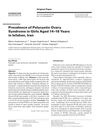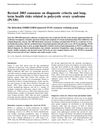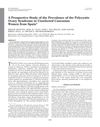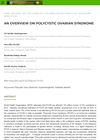Polycystic Ovary Syndrome in Adolescents
November 2009
in “
Best Practice & Research in Clinical Obstetrics & Gynaecology
”
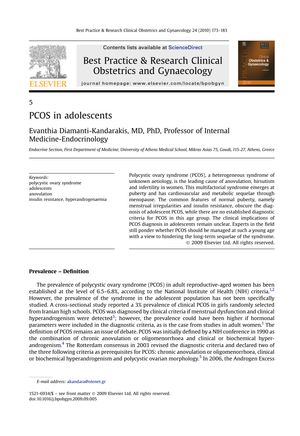
TLDR PCOS in teens is hard to diagnose, linked to genetics and lifestyle, and managed with weight loss and medication.
The document from 2010 discusses Polycystic Ovary Syndrome (PCOS) in adolescents, a condition characterized by symptoms such as anovulation, hirsutism, and infertility. While the prevalence of PCOS in adult women is about 6.5-6.8%, it is less clear in adolescents, with one study reporting a 3% prevalence in Iranian high school girls. Diagnosis in adolescents is challenging due to the overlap with normal puberty features. PCOS is considered to have both heritable and environmental origins, with hyperandrogenism playing a central role in its pathogenesis. The document also highlights the importance of hyperinsulinaemia and insulin resistance, particularly during puberty when insulin sensitivity naturally decreases. Obesity, which affects 40-60% of women with PCOS, exacerbates these issues. Management of PCOS in adolescents includes weight loss, insulin sensitizers like metformin, anti-androgens, and oral contraceptives, although the latter may have adverse effects on metabolism, especially in obese patients. The paper calls for more research into early life precursors, environmental triggers, and optimal interventions for PCOS.

